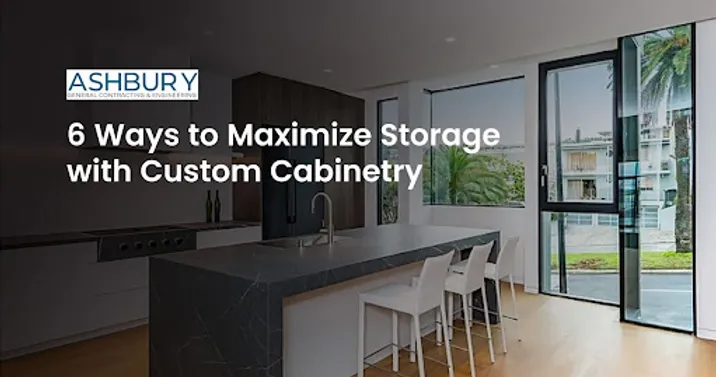How Much Does Radiant Floor Heating Increase Your Energy Efficiency?
Introduction
Imagine a chilly morning and you stepping barefoot onto a warm tile floor. The comfort you get from radiant floor heating can bring a sense of freshness. But if the comfort element is kept aside, what many homeowners want to know is: Does radiant floor heating really improve energy efficiency? And by how much?
Let’s explore how this innovative heating system works, how much energy you can actually save, and whether it’s worth the investment for your home.
What Is Radiant Floor Heating?
Radiant floor heating (RFH) heats your home from the floor in an upward direction and helps to make you feel naturally comfortable. Instead of pushing heated air through vents like traditional forced-air systems, RFH uses either electric wires or water-filled tubes beneath your flooring to evenly distribute heat.
There are two main types:
- Electric systems: Use electric coils to generate heat, ideal for smaller areas like bathrooms.
- Hydronic systems: Use heated water pumped through tubing, better for whole-home applications.

How Radiant Heating Increases Energy Efficiency
Radiant floor heating can boost your home’s energy efficiency in several ways:
1. Even Heat Distribution
Radiant heating distributes consistent, and uniform warmth across the area, whereas forced-air systems typically cause hot and cold spots. This reduces the need to crank up the thermostat, saving energy.
2. Lower Thermostat Settings
Because heat is delivered from the floor up and warms the body directly, most people feel comfortable at lower thermostat settings—often 2–5°F lower than with traditional systems. That can translate to 10–30% energy savings annually.
3. Eliminates Duct Loss
According to the U.S. Department of Energy, duct losses from forced-air systems can account for up to 30% of energy consumption—especially if ducts run through unheated spaces. RFH eliminates that issue entirely.
4. Zoned Heating
Radiant systems can be divided into zones, allowing you to heat only the rooms you’re using. Thus, with a targeted approach one can avoid any kind of wastage in energy consumption on unoccupied spaces.
5. Real-World Energy Savings
So how much can you actually save? Savings are calculated based on fewer factors such as your home area, the current type of system, your insulation, and also the local energy charges. However, studies and user reports suggest:
- Hydronic systems can improve heating efficiency by 20–30% in well-insulated homes.
- Electric systems are less efficient for whole-home heating due to electricity costs but can still save money in smaller areas with smart use.
A case study from the U.S. Department of Energy showed a home using hydronic radiant heating combined with a condensing boiler used 25% less energy than a similar home with a traditional HVAC system.
6. Other Benefits That Boost Efficiency
Radiant floor heating doesn’t just reduce energy usage—it supports overall home efficiency through:
- Reduced dust and allergens (no blown air)
- No noisy blowers or fans
- Lower maintenance compared to traditional systems
Is Radiant Floor Heating Worth It?
It’s a Smart Choice If:
- You’re moving to a newly constructed house or undergoing a major renovation.
- You stay in a colder climate region and need dependable comfort every day.
- You’re focused on long-term energy savings and comfort.
Considerations:
- Upfront costs are higher (typically $6–$20 per square foot installed).
- Retrofitting an existing home can be more complicated and expensive.
However, over time, lower energy bills and improved comfort often offset the initial investment—especially in homes where heating is a major expense.
How Ashbury Constructions Makes a Difference
Ashbury Constructions specializes in energy-efficient home solutions, including the expert installation of radiant floor heating systems. With a focus on modern building techniques and sustainable practices, Ashbury ensures that every radiant heating project not only enhances comfort but also maximizes energy efficiency. By integrating high-quality materials and precision installation, they help homeowners significantly reduce their energy consumption and long-term heating costs. Whether you’re building a new home or upgrading an existing space, Ashbury Constructions delivers reliable, eco-conscious solutions tailored to your needs.
Final Thoughts
You don’t have to think of radiant floor heating as just a luxury—it’s a practical, energy-saving solution that lowers heating costs and keeps your home cozy throughout winter. From creating a new home to upgrading your existing one, radiant heating is transforming your lives with relaxing and efficient living.
Frequently Asked Questions
How does radiant floor heating work help in energy efficiency?
Radiant floor heating works by circulating warm water through pipes or using electric mats under the floor, gently warming the surface and radiating heat upward. This method reduces heat loss and allows for even temperature distribution, often requiring lower thermostat settings to feel comfortable leading to reduced energy consumption.
What kind of energy savings can I expect from radiant floor heating?
On average, radiant floor heating systems can improve energy efficiency by 10–30%, depending on your home’s insulation, climate, and usage patterns. Because heat is delivered more efficiently and evenly, homeowners often report using their HVAC system less frequently.
Which one should be considered, radiant floor heating or forced-air systems?
Radiant floor heating is usually preferred because of its higher efficiency when compared with forced-air systems. In comparison with forced air, where there are chances of heat getting lost through ducts thereby causing uneven heating, radiant systems heating up from the floor up, help with minimal energy waste and overall better comfort.
Can I use radiant floor heating as a primary heating source?
In many cases, yes. Especially in well-insulated homes or mild climates, radiant floor heating can serve as the main source of heat. However, in very cold climates or large, drafty homes, it may need to be supplemented with another system.
Does the type of radiant system (hydronic vs. electric) affect energy efficiency?
Yes. Hydronic systems (which use heated water) are more energy-efficient for whole-house heating, especially in larger areas. Electric systems are easier to install but are typically better suited for small spaces due to higher operating costs.



